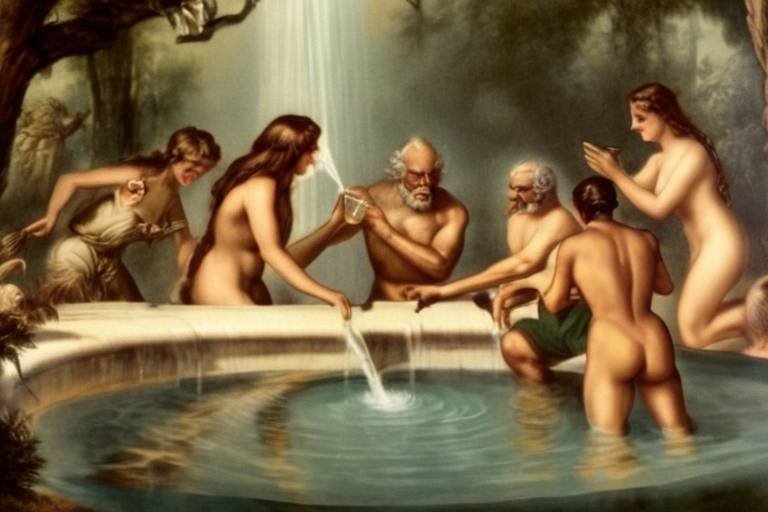The Secrets of the Ancient Egyptians' Tomb Art
Exploring the enigmatic world of Ancient Egyptian tomb art unveils a myriad of secrets and mysteries that have fascinated historians, archaeologists, and art enthusiasts for centuries. The intricate hieroglyphs, elaborate paintings, and symbolic imagery adorning the walls of these tombs serve as windows into the beliefs, customs, and daily life of one of the most remarkable civilizations in history. Each stroke of the brush, each carefully carved symbol, holds a story waiting to be deciphered, offering a glimpse into the spiritual and cultural landscape of Ancient Egypt.
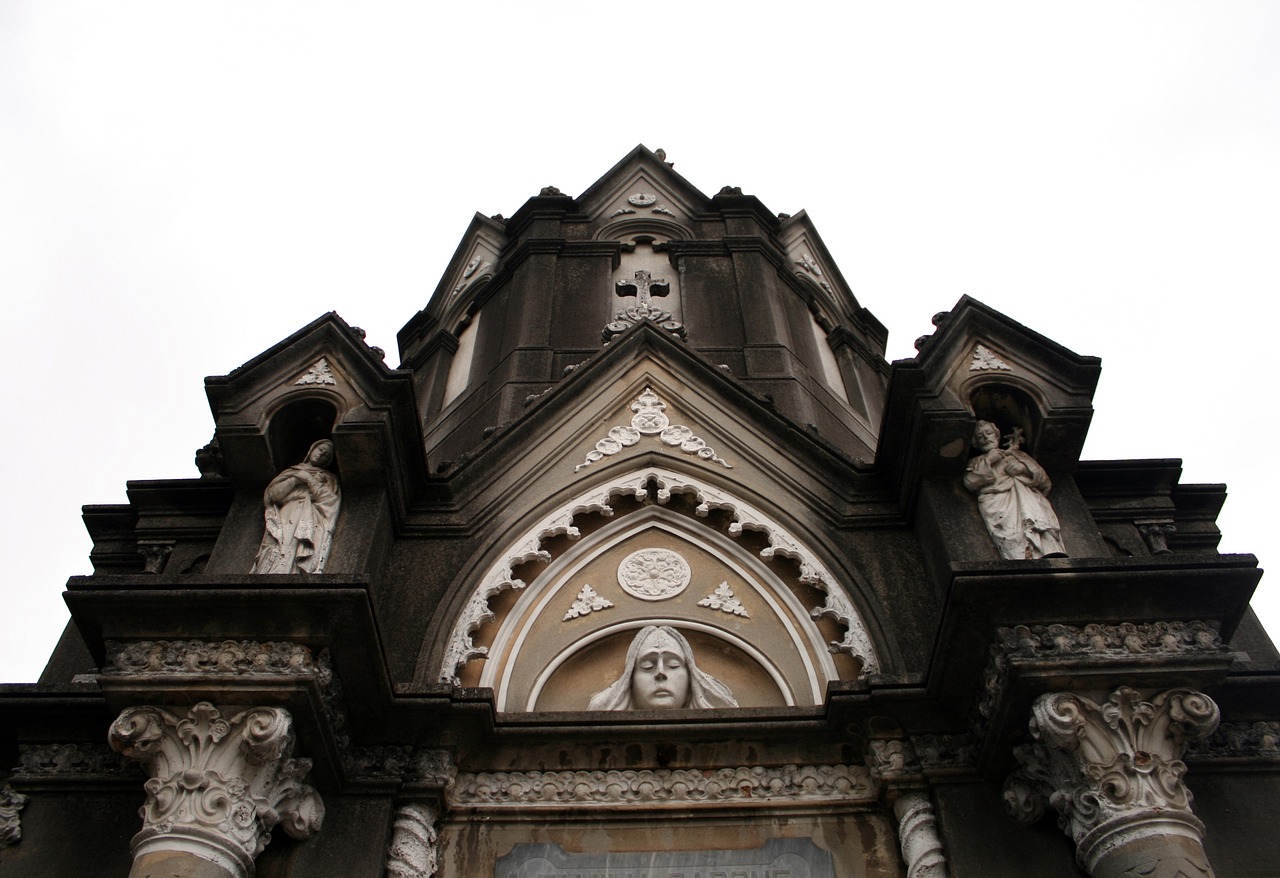
The Significance of Tomb Art in Ancient Egypt
The significance of tomb art in Ancient Egypt cannot be overstated, as it played a crucial role in the cultural, religious, and historical fabric of this ancient civilization. The elaborate artworks adorning the tombs of pharaohs and nobles were not merely decorative; they were intricate reflections of the Egyptians' beliefs about the afterlife and their reverence for the deceased. These artworks served as a bridge between the earthly realm and the divine, guiding the souls of the departed through the perilous journey to the afterlife.
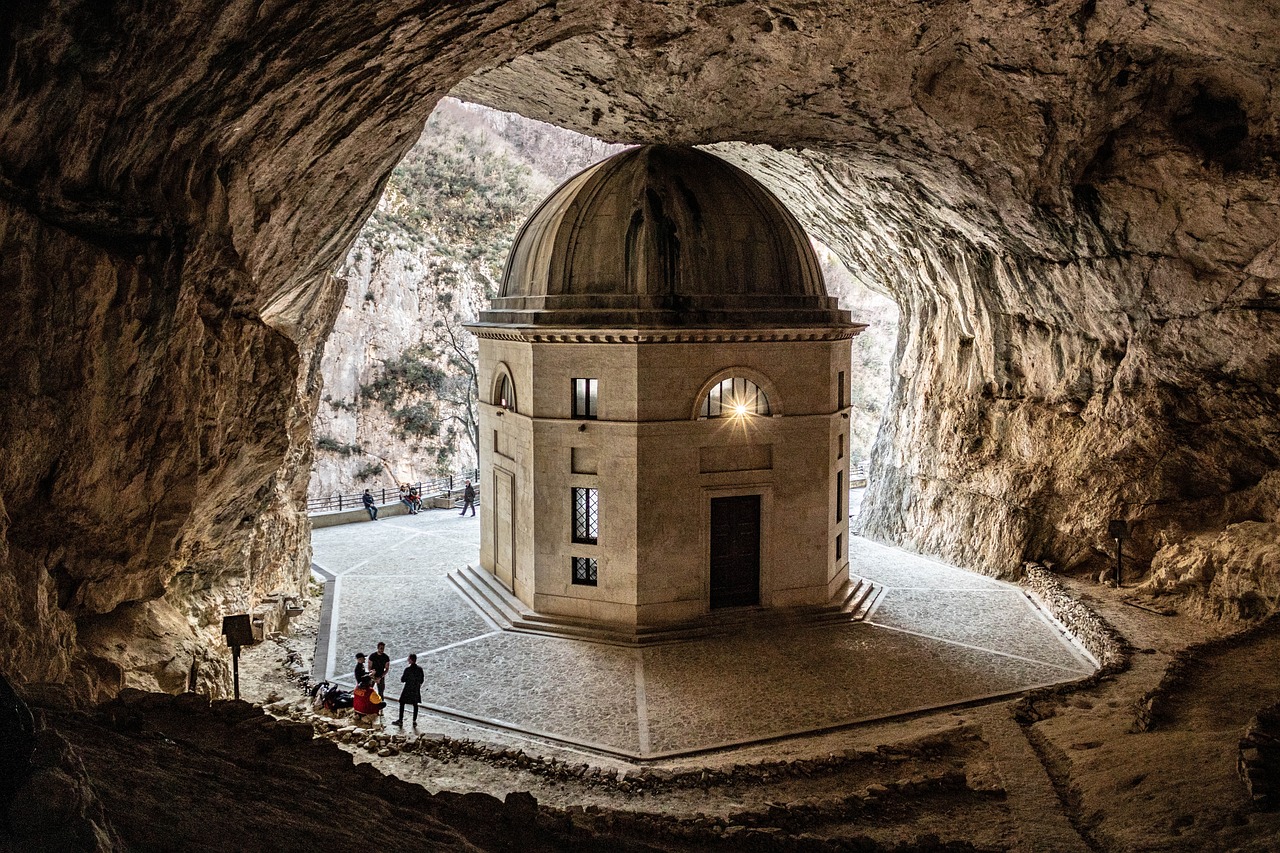
Symbolism and Iconography in Egyptian Tomb Art
Symbolism and iconography play a crucial role in Egyptian tomb art, offering a window into the beliefs and values of this ancient civilization. The intricate symbols and depictions found in these artworks are not merely decorative but carry profound meanings that reflect the Egyptians' worldview and religious beliefs. For example, the ankh symbol represents life and immortality, while the eye of Horus symbolizes protection and healing. These symbols, along with others like the scarab beetle and lotus flower, are recurrent motifs in Egyptian tomb art, each holding a specific significance tied to the afterlife and the journey of the deceased.
Moreover, the iconography used in Egyptian tomb art serves as a visual language that conveys complex ideas and narratives. Scenes depicting pharaohs and gods interacting with each other or engaging in ritual activities communicate the divine authority of the rulers and the importance of religious practices in Egyptian society. The use of colors such as blue, green, red, and yellow in these artworks also carries symbolic meanings, with each color representing different aspects of life, death, and the supernatural realm.
Furthermore, the hieroglyphic inscriptions found alongside the visual representations in Egyptian tomb art provide additional layers of meaning, offering insights into the identities of the deceased, their titles, and their relationships with the gods. These inscriptions serve as a form of communication between the living and the dead, ensuring that the deceased are remembered and revered in the afterlife.
In essence, the symbolism and iconography present in Egyptian tomb art are not merely decorative elements but integral components that enrich the storytelling and spiritual significance of these ancient artworks. By decoding these symbols and understanding their cultural context, we gain a deeper appreciation for the artistic mastery and profound symbolism embedded in Egyptian tomb art.

Techniques and Materials Used in Egyptian Tomb Art
The art found in the tombs of ancient Egyptians holds a wealth of secrets waiting to be uncovered. From the intricate techniques and materials used to the symbolism and iconography embedded within, these artworks provide a window into the beliefs, customs, and daily life of this fascinating civilization.
When delving into the world of Egyptian tomb art, one cannot help but marvel at the meticulous techniques and materials employed by the skilled artisans of ancient Egypt. These craftsmen utilized a variety of tools and resources to create enduring masterpieces that have withstood the test of time. One of the most notable techniques used in Egyptian tomb art is the process of relief carving, where images and inscriptions are carved into the surface of the walls, creating a sense of depth and dimension. This technique allowed for intricate details to be depicted with precision, showcasing the artistry and skill of the artisans.
Additionally, the materials used in Egyptian tomb art were carefully selected to ensure longevity and vibrancy. The artisans primarily used materials such as limestone, sandstone, and granite for their carvings and paintings. These stones were not only durable but also provided a suitable surface for the intricate designs and vibrant pigments used in the artworks. Pigments derived from natural sources such as minerals, plants, and animal products were mixed to create a rich palette of colors that adorned the walls of tombs, bringing to life scenes of daily life, religious rituals, and mythological tales.
Furthermore, the use of precious metals such as gold and silver added a touch of luxury to certain tomb decorations, symbolizing the wealth and status of the deceased. The meticulous craftsmanship and attention to detail displayed in Egyptian tomb art reflect the reverence and importance placed on the afterlife by the ancient Egyptians, showcasing their belief in the eternal nature of existence beyond death.
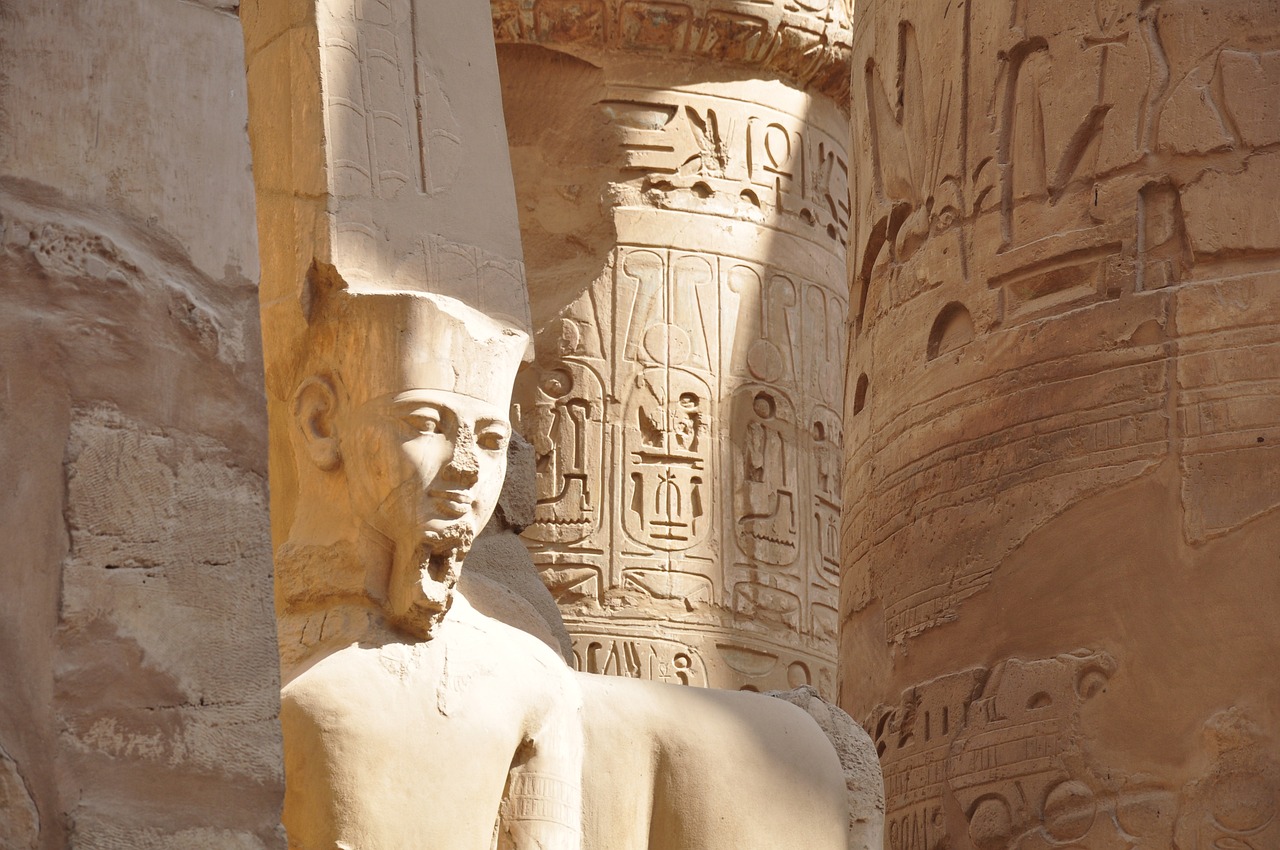
Depictions of Daily Life in Egyptian Tomb Art
When exploring the fascinating world of Egyptian tomb art, one cannot overlook the vivid depictions of daily life that adorn the walls of ancient tombs. These intricate artworks serve as windows into the past, offering glimpses of the everyday activities, customs, and societal structures of the ancient Egyptian civilization. From scenes of farming and fishing to depictions of craftsmen at work and families enjoying leisure time, the tomb art provides a rich tapestry of life in ancient Egypt.
One of the remarkable aspects of Egyptian tomb art is its attention to detail and realism in portraying daily life. Artisans meticulously captured the nuances of daily activities, clothing styles, architecture, and even the flora and fauna of the Nile River valley. Through these depictions, we can witness the bustling markets, the agricultural practices, and the religious ceremonies that were integral to the daily existence of the ancient Egyptians.
Moreover, the depictions of daily life in Egyptian tomb art also offer insights into the social hierarchy and gender roles of the time. Scenes showing pharaohs engaging in ceremonial rituals, nobles overseeing construction projects, and women participating in household tasks provide a glimpse into the diverse roles and responsibilities within ancient Egyptian society.
Furthermore, the inclusion of daily life scenes in tomb art served a deeper purpose beyond mere representation. It was believed that these depictions would ensure the continuity of these activities in the afterlife, allowing the deceased to enjoy the same comforts and pleasures they experienced in their earthly existence. Therefore, the meticulous portrayal of daily life in tomb art was not just artistic expression but also a spiritual and cultural practice deeply rooted in Egyptian beliefs about the afterlife.

The Role of Tomb Art in Pharaohs' Legitimization
The tomb art of ancient Egypt played a crucial role in the legitimization of pharaohs' power and authority. These elaborate artworks served as a visual representation of the pharaoh's divine status and connection to the gods. By commissioning grandiose tomb art, pharaohs aimed to solidify their position as the earthly embodiment of the gods, ensuring their eternal rule in the afterlife. The intricate hieroglyphs, vivid paintings, and intricate reliefs depicted in tombs not only showcased the pharaoh's wealth and prestige but also emphasized their role as the intermediary between the mortal world and the divine realm.
Moreover, tomb art served as a tool for pharaohs to communicate their achievements, victories, and contributions to society. Through the depiction of military conquests, religious ceremonies, and offerings to the gods, pharaohs sought to establish a narrative of their reign that would be remembered for eternity. The detailed scenes and inscriptions in tombs were intended to immortalize the pharaoh's legacy and ensure their continued existence in the afterlife, where they would be judged by the gods based on their deeds and depicted virtues.
Additionally, the symbolic imagery and iconography in tomb art were carefully chosen to reinforce the pharaoh's divine right to rule. Symbols representing power, fertility, protection, and resurrection were prominently featured in tombs to emphasize the pharaoh's role as the protector and provider for the Egyptian people. The meticulous attention to detail in tomb art reflected not only the artistic skill of the craftsmen but also the pharaoh's desire to project an image of strength, wisdom, and benevolence to future generations.
In essence, tomb art in ancient Egypt served as a powerful propaganda tool for pharaohs, shaping public perception of their reign and ensuring their enduring legacy. By harnessing the artistic talents of skilled artisans and craftsmen, pharaohs were able to create monumental artworks that transcended time and space, leaving a lasting impression on all who beheld them. The role of tomb art in pharaohs' legitimization cannot be understated, as it was central to the perpetuation of their divine status and authority in the eyes of both the living and the dead.
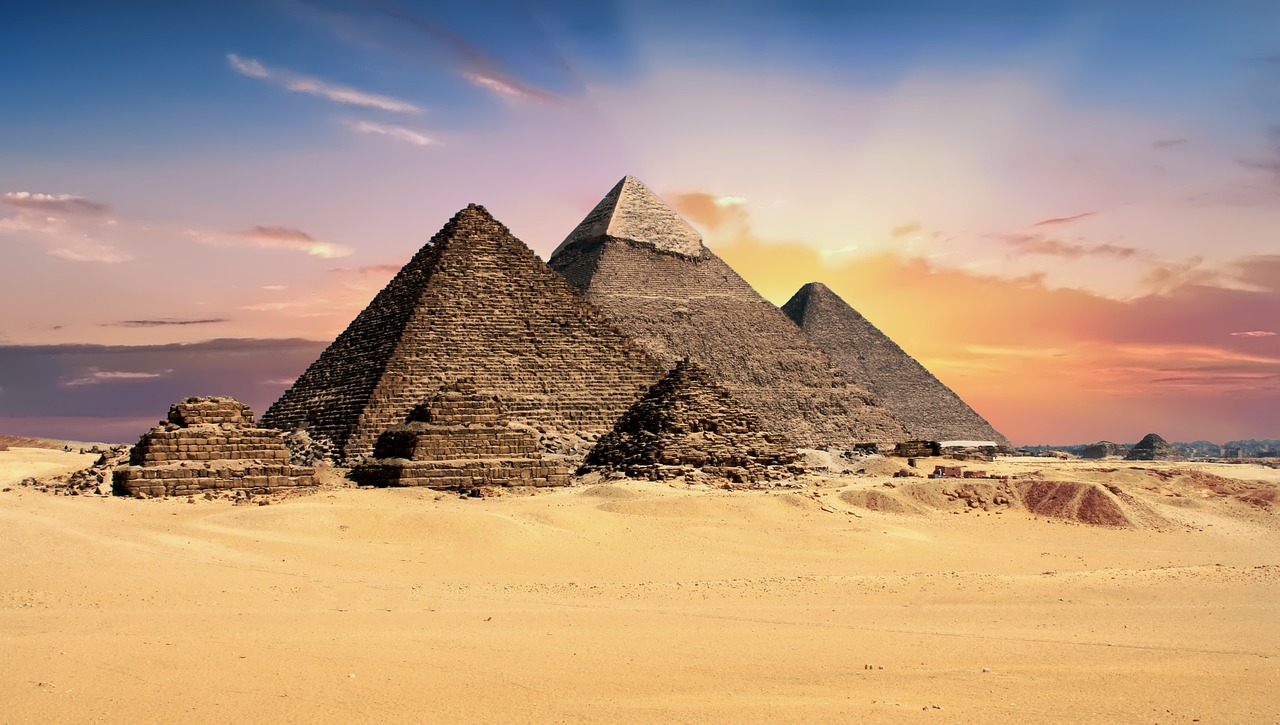
Evolution of Tomb Art Styles Throughout Egyptian History
The evolution of tomb art styles throughout Egyptian history is a fascinating journey that reflects the changing beliefs, values, and artistic expressions of this ancient civilization. From the Early Dynastic Period to the New Kingdom, Egyptian tomb art underwent significant transformations, showcasing the innovation and creativity of the artisans across different eras.
In the Early Dynastic Period, tomb art was characterized by its simplicity and symbolism. Artisans depicted scenes of daily life, religious rituals, and funerary practices with a focus on clarity and precision. The artwork served a functional purpose, aiming to guide the deceased through the afterlife and ensure their eternal well-being.
As Egyptian society evolved, so did the style of tomb art. During the Old Kingdom, monumental tombs and pyramids became prominent features of the landscape, and art took on a more grandiose and formal tone. The intricate hieroglyphics, detailed reliefs, and elaborate paintings adorned the walls of tombs, emphasizing the pharaoh's divine status and immortal legacy.
The Middle Kingdom witnessed a shift towards more naturalistic representations in tomb art. Artists began to capture the nuances of human emotions and physical features, creating lifelike portraits of the deceased and their families. Symbolism remained a crucial element, with each image carrying layers of meaning related to the individual's journey in the afterlife.
During the New Kingdom, tomb art reached its peak of sophistication and beauty. Artists mastered the use of color, perspective, and composition to create stunning visual narratives that depicted historical events, mythological stories, and divine beings. The tombs of pharaohs like Tutankhamun and Ramesses II became showcases of artistic excellence, showcasing the wealth and power of Egypt's rulers.
Throughout Egyptian history, tomb art styles evolved in response to cultural, political, and religious changes, reflecting the dynamic nature of this ancient civilization. The artistic legacy left behind by the Egyptians continues to captivate and inspire us today, offering a glimpse into the beliefs and achievements of one of the world's greatest civilizations.

Conservation Challenges and Preservation Efforts for Tomb Art
Preserving the magnificent tomb art of ancient Egypt poses significant challenges due to various factors. The delicate nature of the materials used, such as limestone, paint, and plaster, makes them susceptible to environmental degradation over time. Additionally, the influx of tourists visiting these ancient sites contributes to wear and tear on the artworks.
Conservationists face the daunting task of protecting these invaluable cultural treasures from natural elements like humidity, temperature fluctuations, and pollution. The intricate details and vibrant colors of the tomb art are at risk of fading and deterioration without proper care and maintenance.
Efforts to safeguard Egyptian tomb art involve a combination of preventive measures and restoration techniques. Conservation teams work tirelessly to monitor the condition of the artworks, implement climate control systems in tombs, and develop innovative methods to stabilize and repair damaged pieces.
Collaboration between archaeologists, conservators, and government authorities is crucial in ensuring the long-term preservation of Egyptian tomb art. Ongoing research and advancements in conservation science play a vital role in enhancing the understanding of ancient techniques and materials, aiding in the conservation process.
Despite the challenges, dedicated preservation efforts continue to protect the legacy of Egyptian tomb art for future generations to admire and appreciate. By safeguarding these masterpieces, we honor the rich cultural heritage and artistic achievements of the ancient Egyptians.

Comparison of Tomb Art Across Different Egyptian Dynasties
When comparing the tomb art across different Egyptian dynasties, one can observe a fascinating evolution of artistic styles, themes, and techniques that reflect the changing cultural and political landscape of ancient Egypt. Each dynasty brought its own unique characteristics and innovations to tomb art, leaving a rich tapestry of artistic expression for historians and art enthusiasts to explore.
During the Old Kingdom, particularly in the 4th and 5th dynasties, tomb art focused heavily on the grandeur and power of the pharaoh, with elaborate scenes depicting the ruler's divine status and journey to the afterlife. The iconic pyramids of Giza stand as monumental testaments to the artistic achievements of this period, showcasing the mastery of ancient Egyptian architects and artisans.
In contrast, the Middle Kingdom saw a shift towards more intimate and naturalistic representations in tomb art. Scenes depicting daily life, agricultural activities, and emotional expressions became more prominent, reflecting a greater emphasis on humanism and personal narratives. The tombs of Beni Hasan exemplify this shift, with their detailed reliefs capturing the nuances of everyday existence.
The New Kingdom marked a golden age of Egyptian art, characterized by a revival of monumental architecture and a resurgence of grandiose tomb decorations. Pharaohs like Tutankhamun and Ramesses II commissioned lavish tombs adorned with intricate reliefs, vibrant paintings, and symbolic motifs that celebrated their reigns and divine connections. The Valley of the Kings became a treasure trove of artistic masterpieces from this period.
Across different dynasties, certain themes and symbols remained constant in Egyptian tomb art, such as the portrayal of gods, goddesses, and funerary rites. However, the stylistic nuances and artistic techniques varied significantly, showcasing the adaptability and creativity of ancient Egyptian artists in capturing the essence of their time.
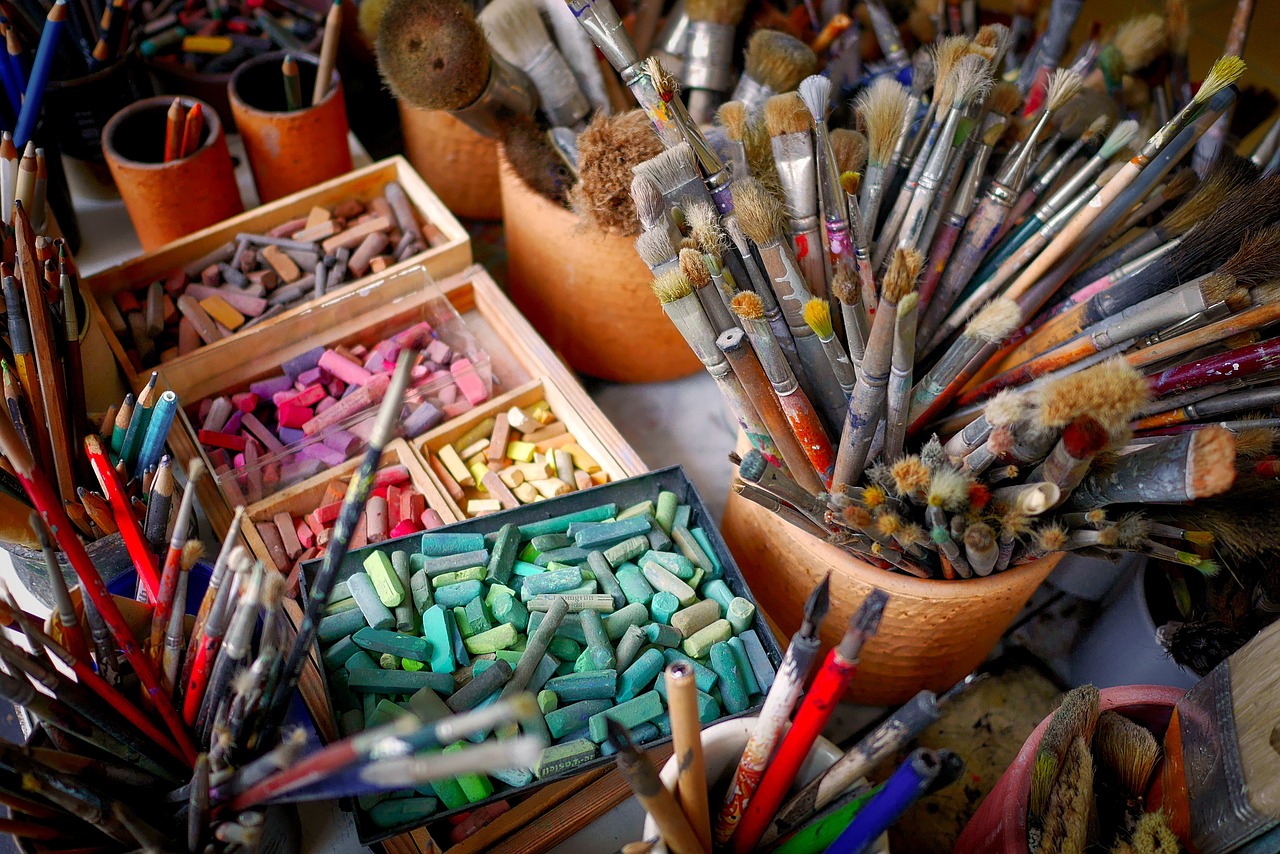
Legacy of Egyptian Tomb Art in Modern Art and Culture
The legacy of Egyptian tomb art continues to reverberate through modern art and culture, serving as a timeless source of inspiration and fascination for artists, designers, and enthusiasts worldwide. The intricate hieroglyphics, majestic figures, and mystical symbols found in the tombs of pharaohs have left an indelible mark on the artistic landscape, transcending time and geography.
Artists today draw upon the aesthetics and symbolism of Egyptian tomb art to infuse their creations with a sense of mystery, grandeur, and spirituality. The bold lines, vibrant colors, and intricate patterns seen in ancient Egyptian artworks have influenced various art movements, from Art Deco to Surrealism, shaping the visual language of contemporary design and expression.
Moreover, the themes and narratives depicted in Egyptian tomb art, such as the journey to the afterlife, the worship of gods and goddesses, and the celebration of life and death, continue to resonate with modern audiences. These timeless motifs serve as a bridge between the past and the present, inviting viewers to ponder the mysteries of existence and the enduring legacy of ancient civilizations.
Furthermore, the allure of Egyptian tomb art extends beyond the realm of fine art, permeating popular culture, fashion, and entertainment. From runway fashion shows featuring Egyptian-inspired motifs to blockbuster films set in ancient Egypt, the influence of Egyptian art and culture is unmistakable in contemporary society.
In conclusion, the legacy of Egyptian tomb art in modern art and culture is a testament to the enduring power of creativity, symbolism, and storytelling. By exploring and reinterpreting the artistic traditions of ancient Egypt, artists and creators continue to pay homage to the rich heritage of one of the world's greatest civilizations, keeping its spirit alive in the ever-evolving tapestry of human expression.
Frequently Asked Questions
- What is the significance of tomb art in Ancient Egypt?
The tomb art in Ancient Egypt holds immense cultural, religious, and historical importance. It served as a way to preserve the memory of the deceased and played a crucial role in the afterlife beliefs of the civilization.
- What do the symbols and iconography in Egyptian tomb art represent?
The symbols and iconography in Egyptian tomb art carry deep meanings related to the beliefs and values of the ancient civilization. They often represent concepts such as life, death, rebirth, and the journey to the afterlife.
- How were ancient Egyptian tomb artworks created?
Ancient Egyptian artisans used intricate techniques and durable materials like limestone, granite, and precious metals to create their elaborate tomb artworks. These skilled craftsmen employed methods such as relief carving, painting, and gilding to produce enduring masterpieces.
- What insights can we gain from the depictions of daily life in Egyptian tomb art?
Examining the depictions of daily life in Egyptian tomb art provides valuable insights into the customs, societal structures, and beliefs of ancient Egyptian society. These artworks offer a glimpse into the daily routines, rituals, and traditions of the civilization.
- How did pharaohs use tomb art to legitimize their rule?
Pharaohs utilized tomb art as a means to showcase their power, assert their divine authority, and ensure their legacy in the afterlife. These elaborate artworks served as a visual testament to their reign and divine connections.
- What are the conservation challenges faced by Egyptian tomb art?
Egyptian tomb art faces conservation challenges due to environmental factors, such as humidity and pollution, as well as the impact of tourism. Efforts are being made to preserve these invaluable cultural treasures through careful restoration and maintenance.
- How has Egyptian tomb art influenced modern art and culture?
The art and symbolism of ancient Egyptian tombs continue to inspire modern art, design, and popular culture worldwide. Elements of Egyptian tomb art can be seen in various artistic movements, architectural styles, and fashion trends.








